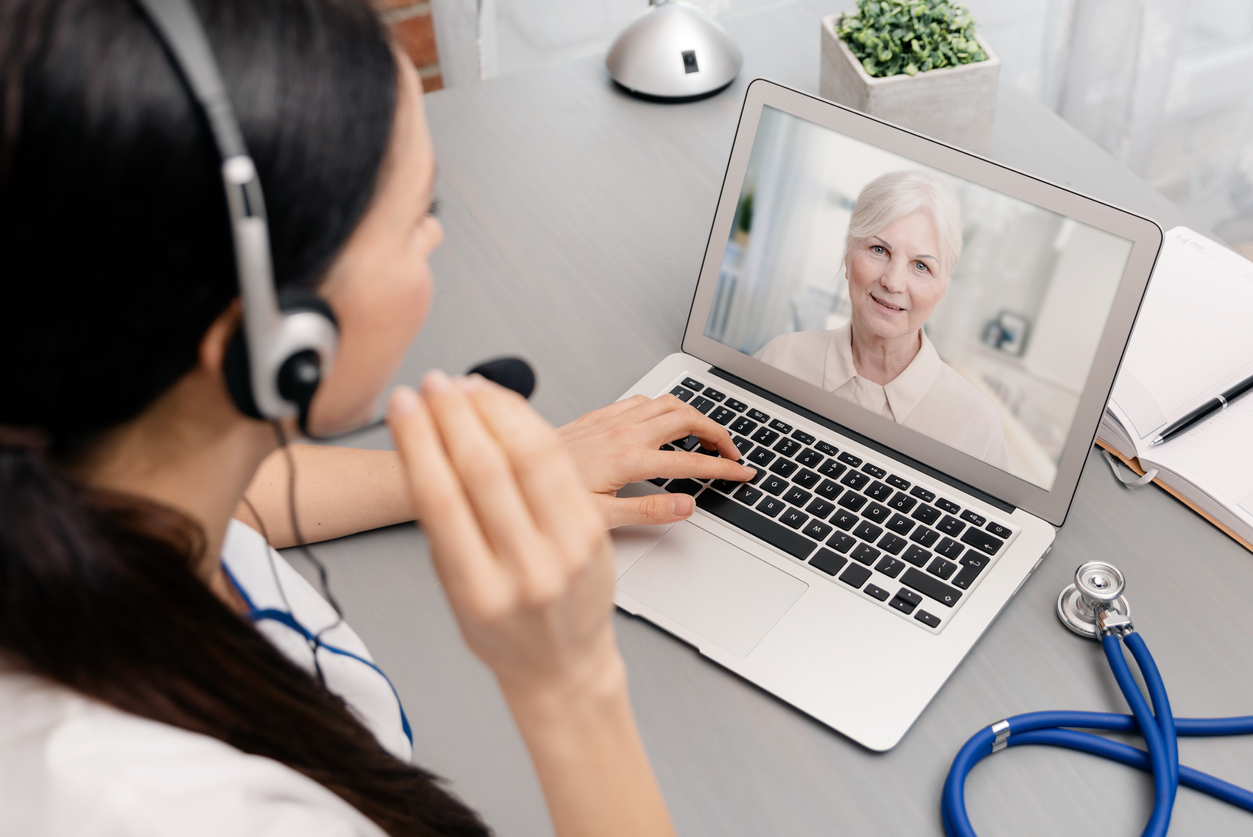Telenursing in the medical field. Basically, it is the management of the patients’ glucose level suffering from diabetes.
In patients with Diabetes Mellitus type 1 (T1DM), telenursing can give medical support via technology, resulting in better blood sugar control.
Telenursing allows specialist staff to consult and encourage patients via a cost-effective medium – the telephone – resulting in increased adherence to treatment with consciousness.
It is the care of the patients with the most advanced method of nursing.
In developed countries, this technique is widely use to inform and motivate patients of chronic diseases about their diet and lifestyle with all management rules and protocols. Primarily,
The purpose of telenursing
to control and prevent variation in glucose level of the patients. Later on,
various researchers have found that the major factor in maintaining the treatment of the patient is self monitoring and self-care.
Various experiments like the Endocrinology and Metabolism of the University Hospital in Northern Greece that
telenursing is the most advanced technique of maintaining and motivating the patients of severe chronic diseases.
The findings of the study revealed that patients received more care and maintenance from telenursing than that of the clinical care. In the 2000s,
telenursing use to deal with patients with chemotherapy, diabetes, cardiovascular disease, and respiratory distress.
Telenursing has been used by outpatient clinics who attend healthcare facilities on isolated islands and health care workers with chronic obstructive pulmonary disease (COPD)
who obtain household supplemental oxygen for the preventing illness of acute exacerbation of COPD in Japan; however, there have been no indications of cancer patients using telenursing.
Information and communication technology (ICT)
including such home computers, mobile phones, and other telecommunication technologies have drastically enhanced in functionality,
and their use no longer necessitates considerable specialist expertise.
It means patients with T1MD diabetes receive more control and prevention from than the clinical trials in the hospitals. Article 2 describes the role of education in the course.
COVID-19’s extensive occurrence has disturbed patients’ personal interactions, bodily functions, and everyday routines, resulting in a lower standard of living.
Due to the obvious complexity of this illness and its broad influence on patients’ lives, it is vital to do a follow-up depending on the particular status. Telenursing helps COVID-19 patients live better lives.

Comments are closed.